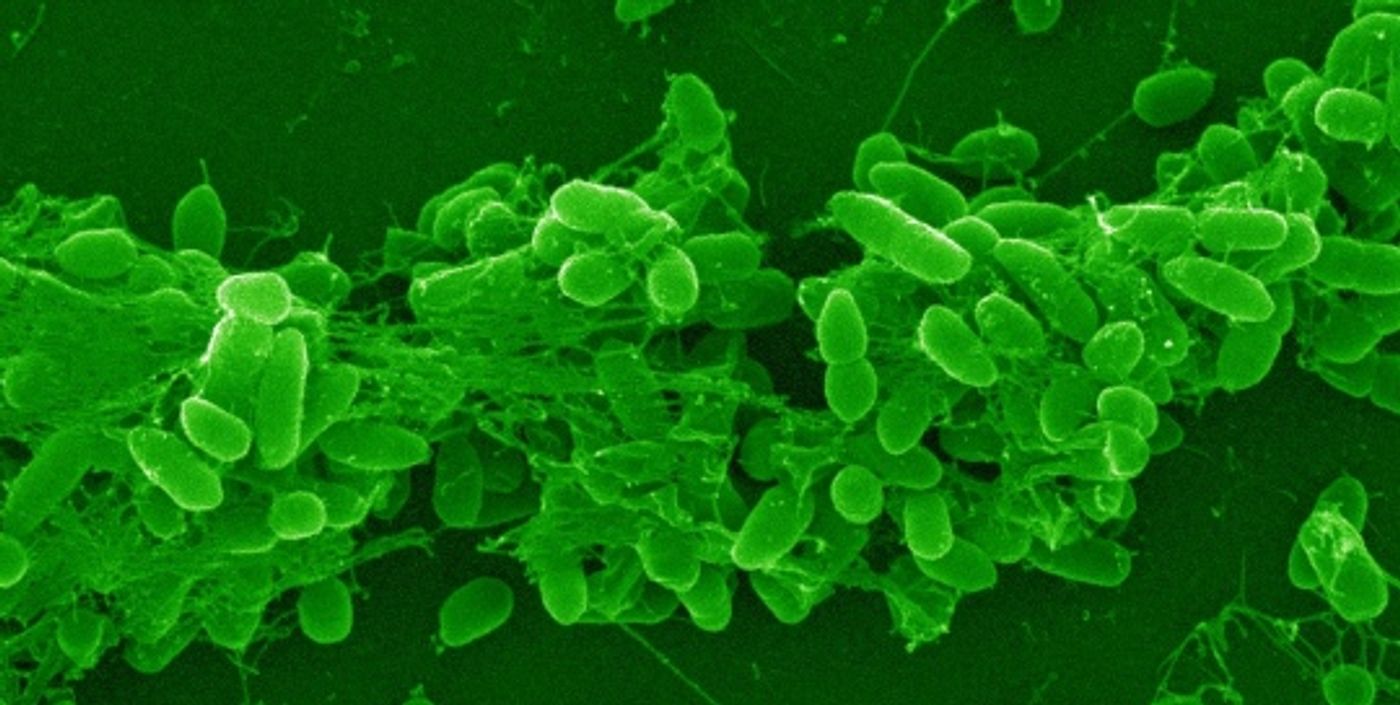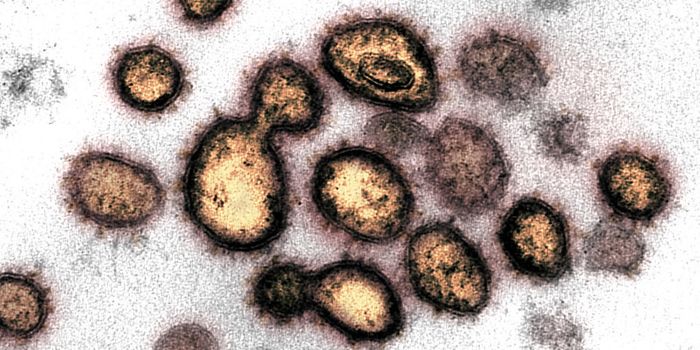Pseudomonas aeruginosa cells secrete a molecule that kills some bacteria but signals the survivors to form a biofilm.
P. aeruginosa is an opportunistic pathogen that often infects people with compromised immune systems. Infections are common in patients with cystic fibrosis, HIV, and cancer. Many of these infections are complicated by the fact the
P. aeruginosa loves to form antibiotic-resistant biofilms. Fun fact,
P. aeruginosa also infects plants (
Arabidopsis thaliana) and invertebrates (
C. elegans).
In a study published in Current Biology, researchers at Rensselaer Polytechnic Institute report that P. aeruginosa produces a molecule called 2-n-heptyl-4-hydroxyquinoline-N-oxide (HQNO) that signals neighboring cells to start forming a biofilm. The odd thing is, HQNO also inhibits respiration in bacterial cells.
According to study author Blanca Barquera, “what we've found is a suicidal pathway in which the sacrifice of some leads to a benefit for the community … one of Pseudomonas's own molecules targets one of its own proteins, and while some die, the ones that survive are induced to make a biofilm. This research helps us to understand how Pseudomonas creates biofilms, and that could help us prevent biofilms that play a role in persistent and relapsing infections”.
HQNO inhibits respiration by disrupting the cytochrome bc1 complex. In this case, electrons are passed directly to O
2, generating reactive oxygen species that kill the bacteria by disrupting their membranes. However, cells that are able to activate alternative respiratory pathways survive.
The researchers knew that this sort of cell death must serve some “greater purpose”. P. aeruginosa often uses extracellular DNA (eDNA) to build its biofilms. Since the cells that are killed by HQNO end up lysing and releasing DNA, they reasoned that this HQNO-mediated killing may promote biofilm formation.
To determine whether P. aeruginosa used eDNA from HQNO-lysed cells to make biofilms, they added DNase to cultures that actively produced HQNO. Sure enough, the DNase reduced the CFUs per biofilm by nearly two logs (not too shabby), indicating that the cells were using eDNA to build their biofilms.
Sources: Current Biology,
Science Daily, Wikipedia









